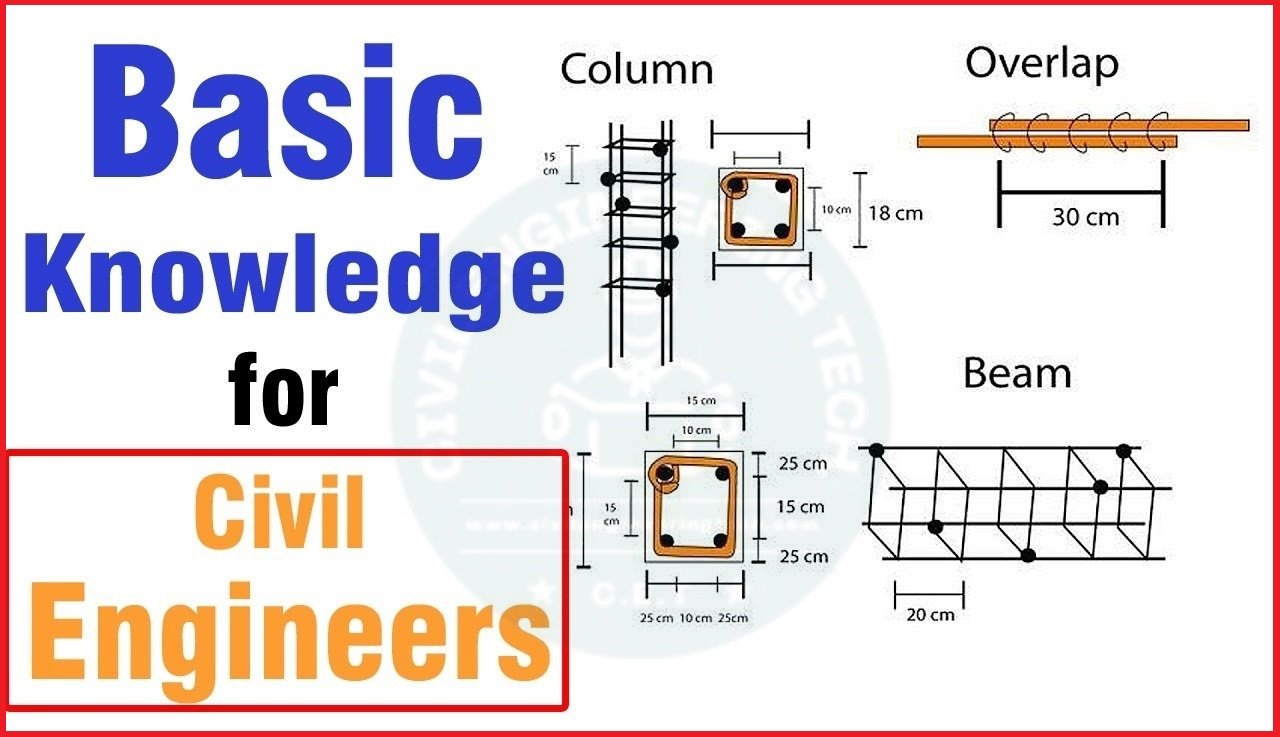What is Difference between Plinth Beam and Tie Beam
What is Difference between Plinth Beam and Tie Beam

What is The Difference between Plinth Beam and Tie Beam
Tie beams are essential components of the frame structure or substructure in building construction. Plinth beams, specifically, are tie beams situated at the ground level. What is Difference between Plinth Beam and Tie Beam.

(1) – Define Plinth Level
The construction work for the building is divided into 2 parts, the substructure and the superstructure. The substructure ends at this level, while the work on the superstructure begins here. This division are marked by the plinth level, which serves as the highest point of ground level.
Read More
Bar bending schedule for footing
How to Create the Bar Bending Schedule Of Slab
Estimation of the Material for Concrete
Components of Road Structure
(2) – Define Ground Level
The Construction at ground level is the commonly referred to as the ground level. It is crucial for the Plinth Level to be elevated above the Ground Level to avoid water infiltration into the structure. This ensures a seamless installation of the drainage system. The ground level and plinth are distinct from each other.
(3) – Define Plinth Beam
Plinth beams, situated at the ground surface level, serve as a form of tie-beam. They mark the initial point of the building, where the superstructure and substructure converge.
(4) – Purpose of the Plinth Beam
The plinth beam plays a crucial role in preventing differential settlement in structures by evenly distributing the load on the foundation. This helps to connect columns and avoid any potential issues with settlement. Additionally, the presence of plinth beams helps to keep foundations dry, preventing moisture buildup within the house.
Read More
Concrete Slump Test workability Procedure and result
What is Best Practice in the Construction
Thumb rule for Civil Engineers
This, in turn, helps to avoid any cracks in the walls caused by foundation movement. Furthermore, the structural integrity of the building is enhanced, reducing the risk of collapse during seismic events. Overall, plinth beams are essential for ensuring the uniform distribution of weight and maintaining the stability of the structure.
(5) – Define Tie Beam
Tie beams serve the purpose of the connecting various building frame elements, including columns, trusses, and pile caps, either above or below ground. It is important to note that tie beams are not solely utilized for connecting columns to superstructures.
In cases where the plinth is elevated more than 3.5 feet from the ground, all column members may require connection below or at ground level, depending on the foundation’s depth.
(6) – Purpose of the Tie Beam
The Tie Beams are utilized to support axial compression, thereby decreasing the effective length of the Column. This serves to prevent buckling of the column and reduces its slenderness.
Read More
How to Create the Bar Bending Schedule Of Slab
What Is The RCC Concrete And Properties of RCC Concrete
What is the Long Wall Short Wall Method
What is the Differences between Pillar and Column
Key Difference
There is minimal disparity between plinth beams and tie beams, with the distinction lying in their respective locations and placements.
Plinth beams are situated at ground level on plinths, while tie beams are positioned within the substructure or superstructure of buildings.
The only variations between tie beams and plinth beams are their heights, placement locations, and nomenclature.
Other Post
Civil Engineering Interview Questions and Answers
Calculation of Bricks and Blocks in the Wall
Civil Engineering Basic Field Knowledge






3 Comments